Intel SSD 670p to bring 144-layer 3D NAND to consumers
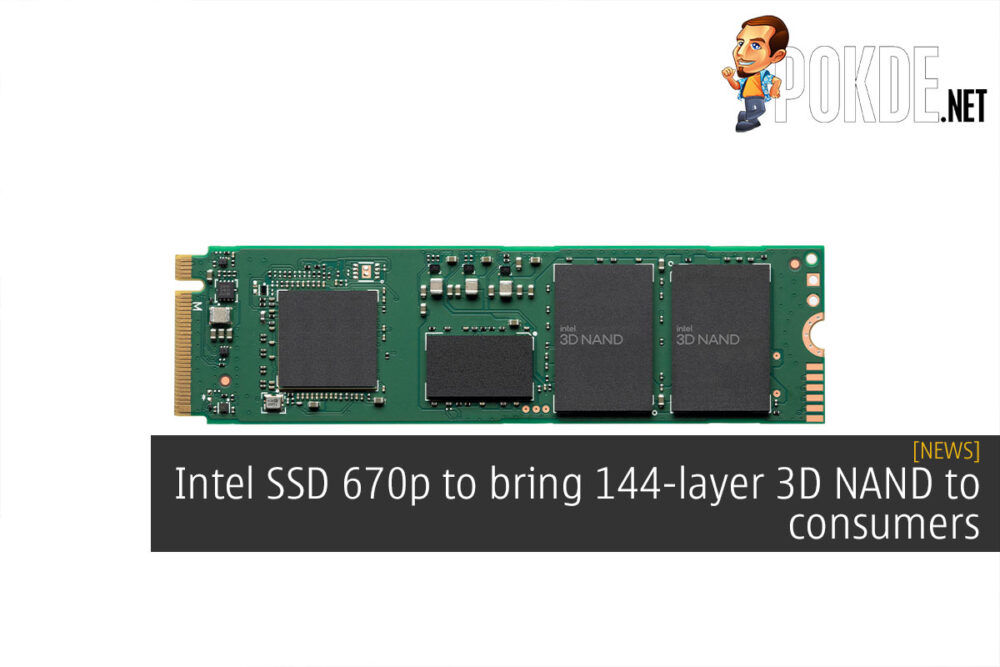
Intel has just announced their new 144-layer 3D NAND, with a few TLC and QLC options. Unfortunately, Intel has reserved the 144-layer TLC NAND for their enterprise solutions, so consumers will be looking at 144-layer QLC options, in the form of the Intel SSD 670p and Intel Optane Memory H20.
Both products will only be available next year, with the Intel SSD 670p to arrive first in Q1 2021, while the Optane Memory H20 will come later in Q2 2021. With the increased density brought about by the 144-layer QLC NAND, we should see them offered at even more competitive prices. The Intel SSD 670p should be available in retail, but the Optane Memory H20 will only be available via OEMs.
Intel SSD 670p
Intel is baking in a new controller along with the new 144-layer 3D NAND. Interestingly, while also increasing the density, Intel is claiming improved endurance with the Intel SSD 670p over the outgoing Intel SSD 660p we see in pretty much every laptop from ASUS recently. Intel claims up to 150TBW per 512GB, which is a significant upgrade from the 100TBW per 512GB of the SSD 660p.
On top of that, you should also be getting better burst write performance out of the Intel SSD 670p which now offers 11% more dynamic SLC cache than prior generations. Only when the drives are 85% full do you get down to the minimum amount of SLC cache on the Intel SSD 670p drives. The Intel SSD 670p will be available in capacities ranging from 512GB to 2TB.
Intel Optane Memory H20
The successor to the Intel Optane Memory H10 will be coming next year, with it being a mobile-focused offering. It packs Optane Memory along with 144-layer 3D QLC NAND to provide better performance than just the NAND itself, while also promising to improve endurance by using the Optane Memory as a cache to lessen the load on the 3D NAND.
We will probably see the Optane Memory H20 being offered as the storage solution in Intel-powered premium ultraportable laptops, like what we have seen recently. Interestingly, it seems like the Intel Optane Memory H20 will not be compatible with last-gen systems, with the system requirements bumped up to a 11th Gen Intel Core U series processor and the Intel 500 series chipsets. The capacities will still be the same as the Optane Memory H10, with 32GB Intel Optane Memory paired with up to 1TB of NAND storage.
Intel Enterprise Storage Solutions
- Intel SSD D7-P5510
- Intel SSD D5-P5316
Intel also announced the D7-P5510 and D5-P5316 datacenter SSDs based on 144-layer 3D NAND. The D7-P5510 uses 144-layer 3D TLC NAND packaged into the U.2 form factor, while the D5-P5316 offers 144-layer 3D QLC NAND in either U.2 or E1.L form factors. Both of them support PCIe 4.0.
Then there’s the Intel Optane SSD P5800X that Intel claims to be the world’s fastest datacenter SSD with the next-gen Intel 3D XPoint in the U.2 form factor. It is up to 3X faster than its predecessor, the Intel Optane SSD DC P4800X, thanks in part to the new PCIe 4.0 interface and also the the newer 3D XPoint memory. Endurance has also increased to 100 DWPD, up from 60 DWPD.
Intel also shared plans to package the same next-gen Intel 3D XPoint into the next-gen Optane Persistent Memory 300 series, codenamed Crow Pass. This will see the memory packed into a DIMM form factor, designed to greatly improve scaling of memory capacity and provide better value for enterprise on top of better performance in certain implementations.
Pokdepinion: I do wonder if Intel will come back with their performance offerings in the consumer market, like their SSD 700 and 900 series…
















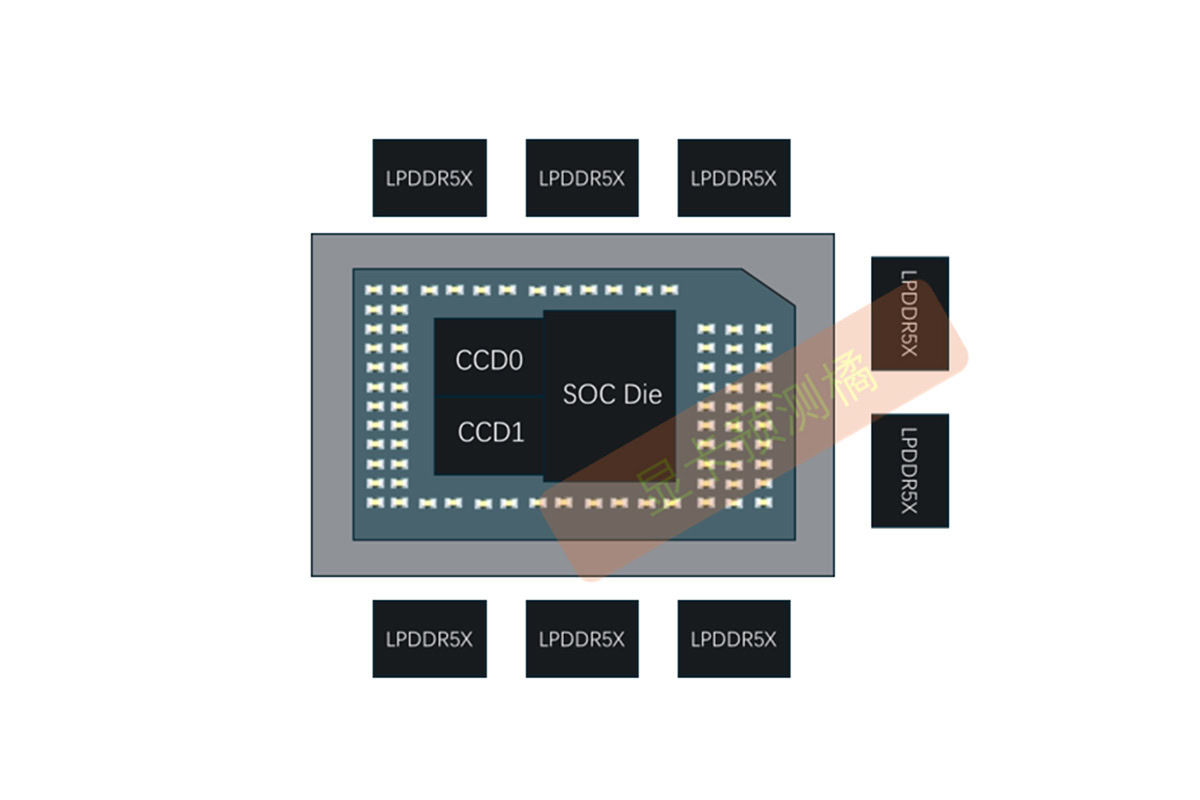
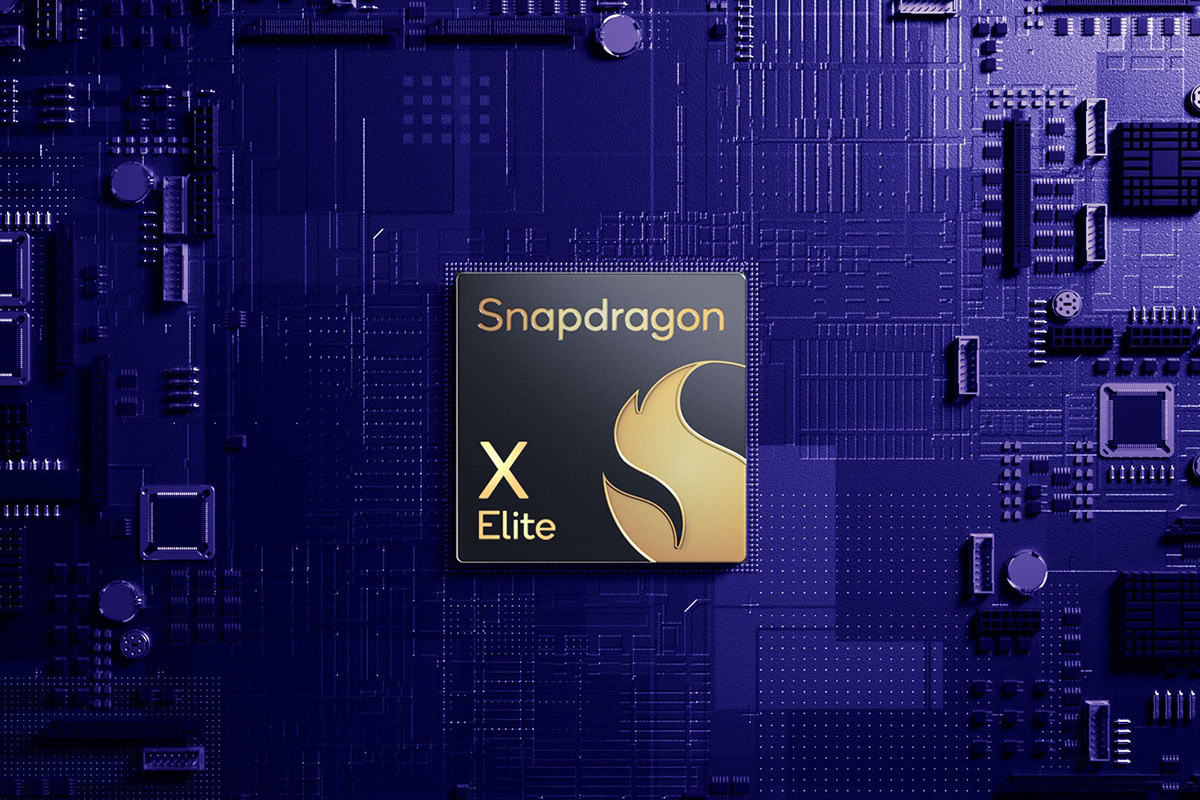
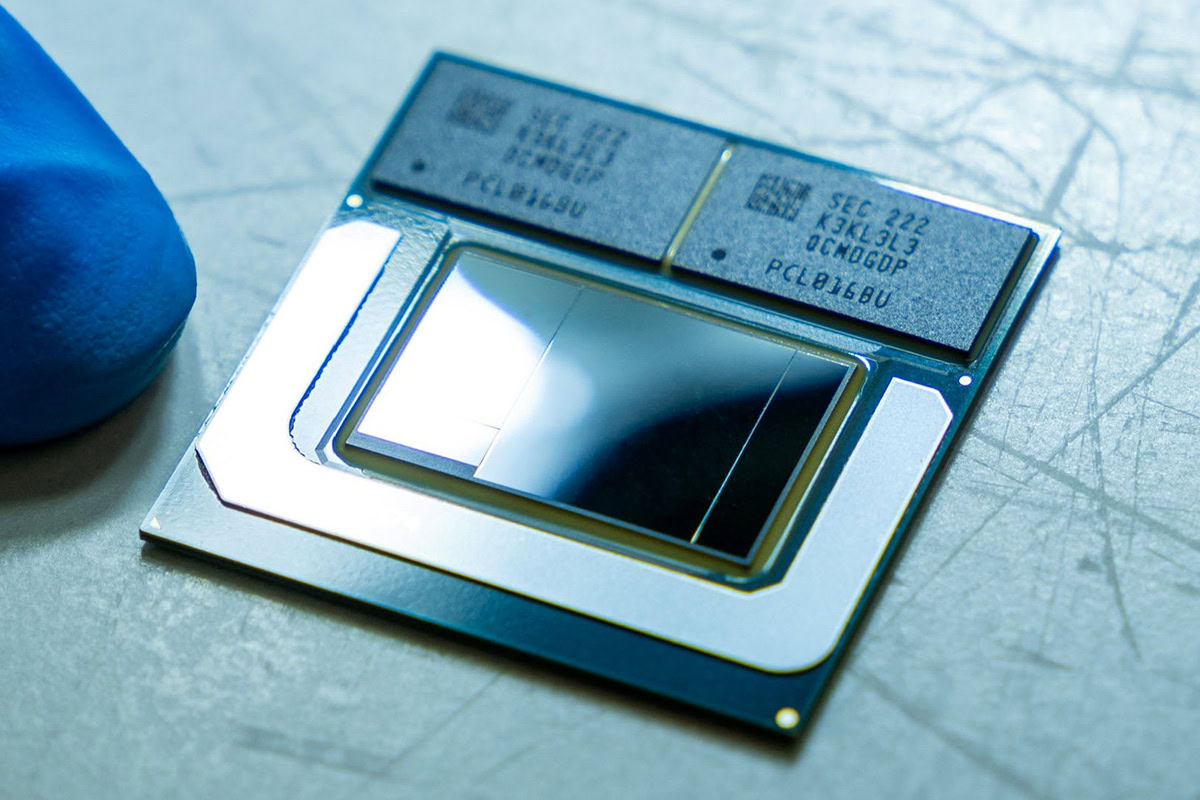


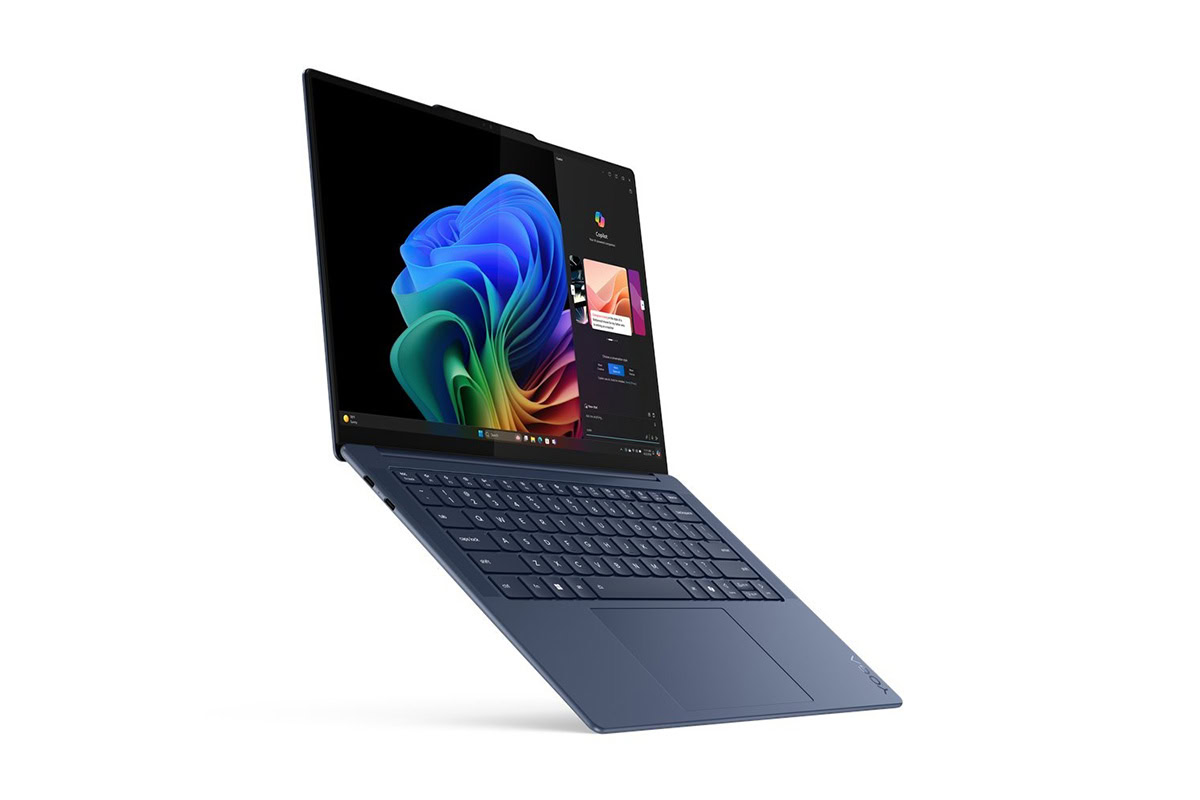







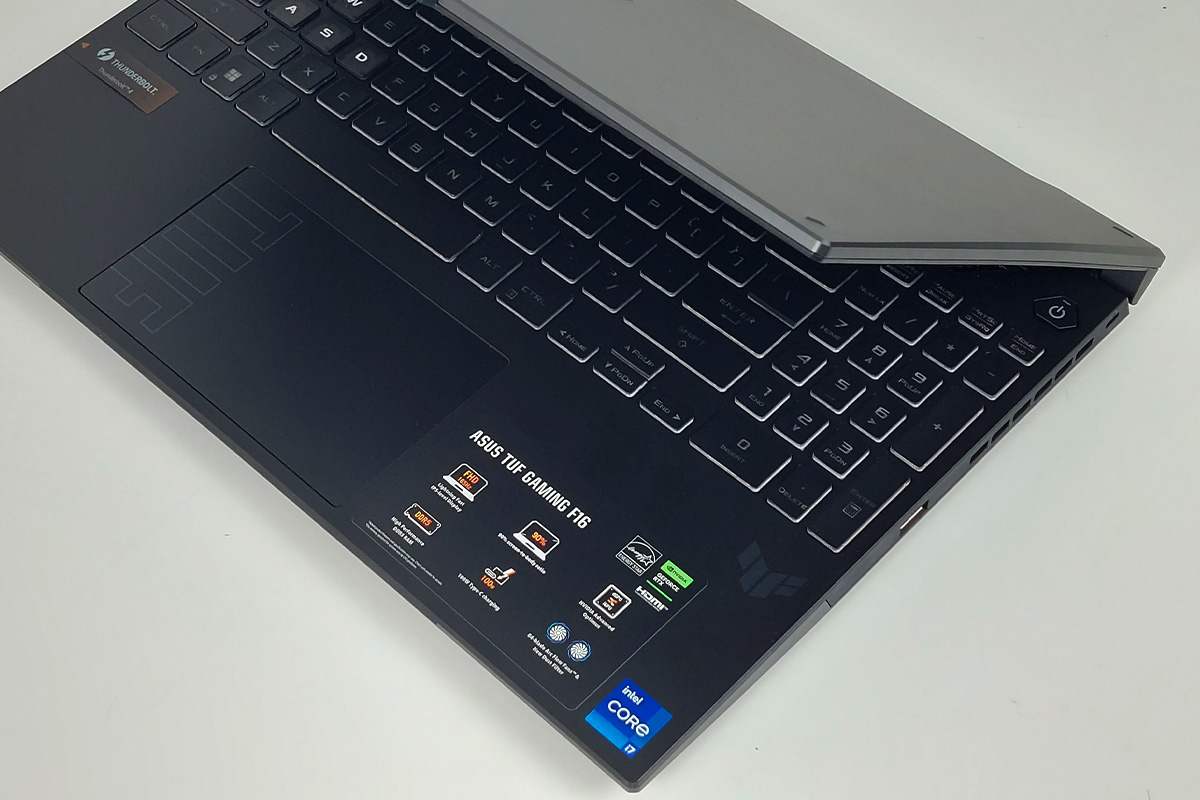













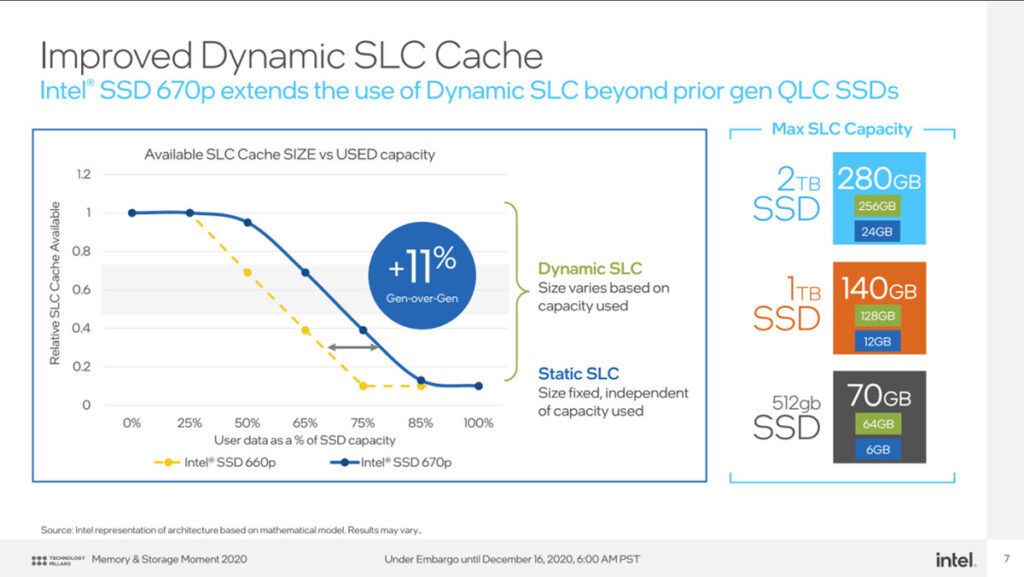
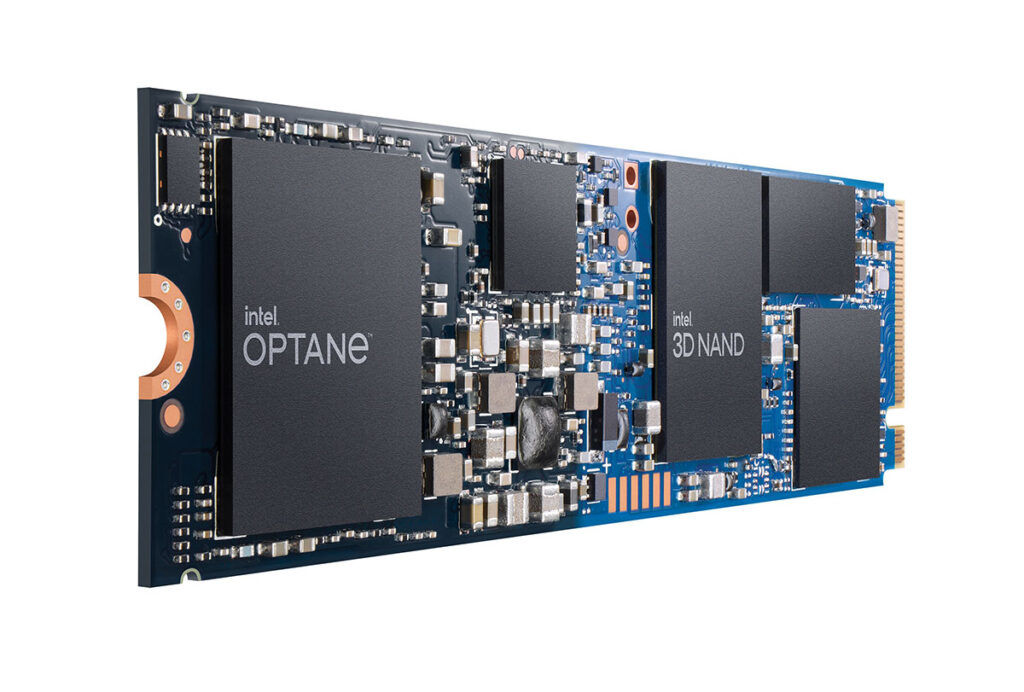
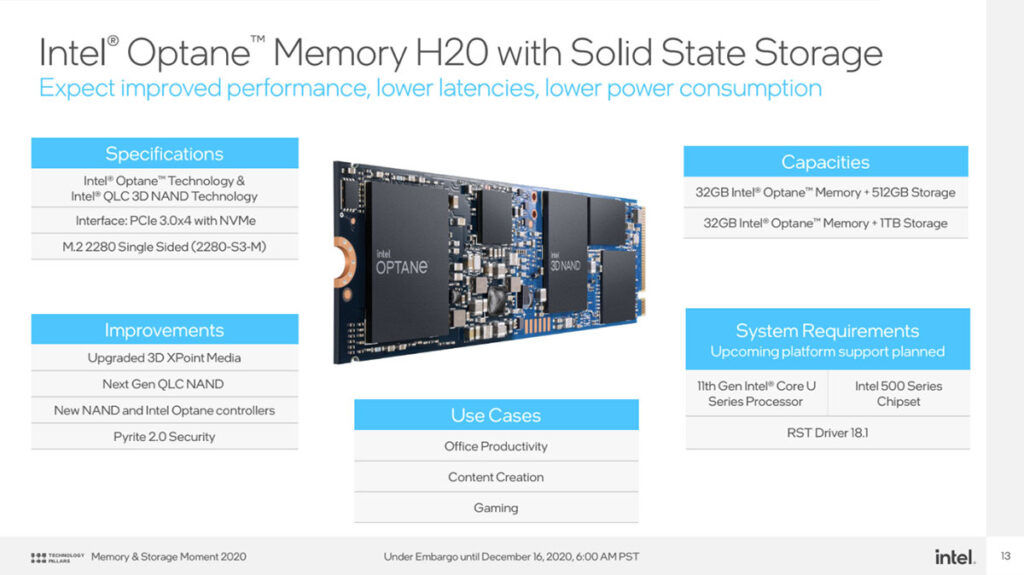
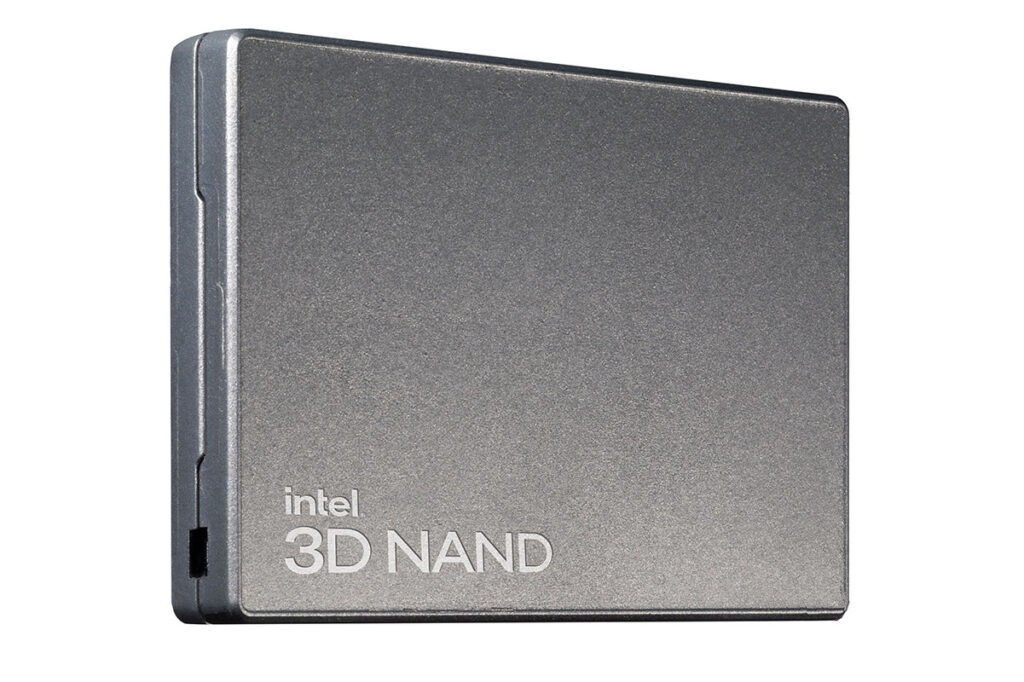
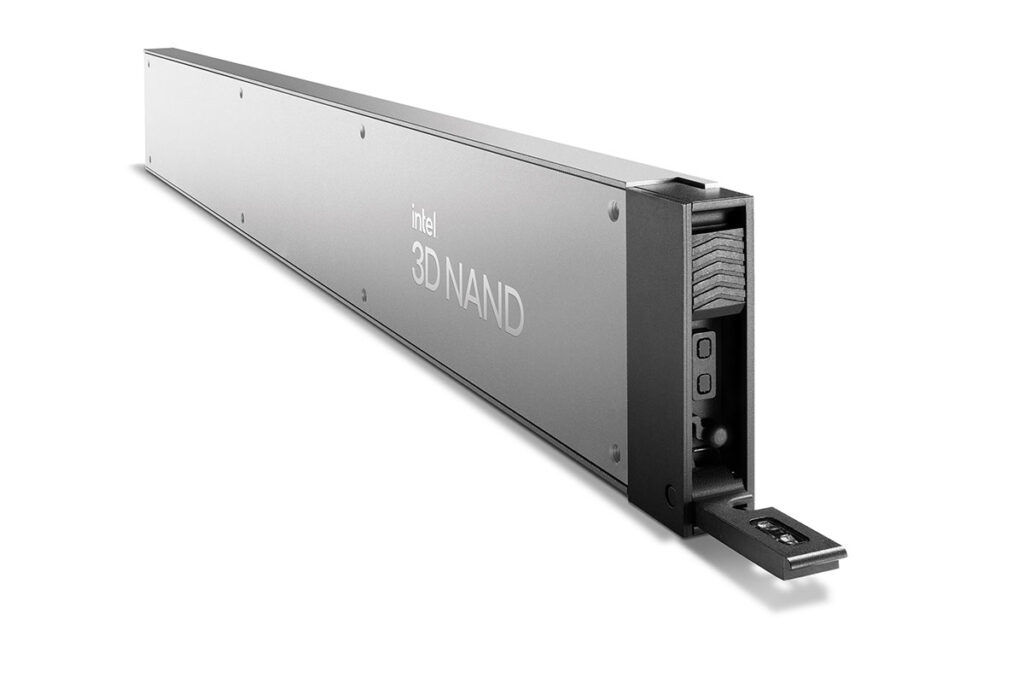
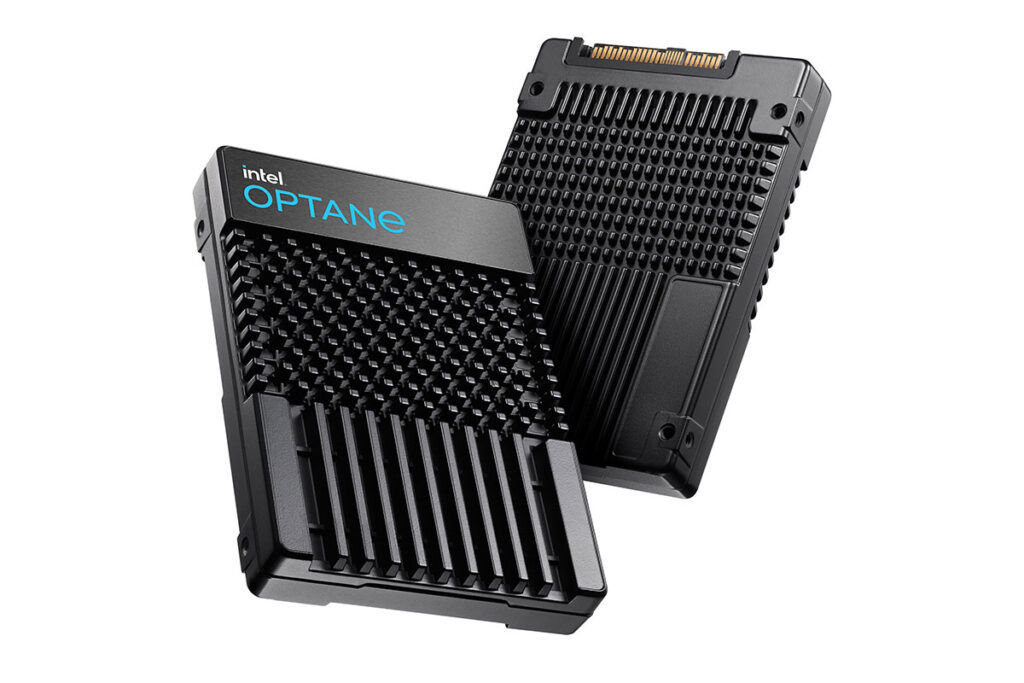
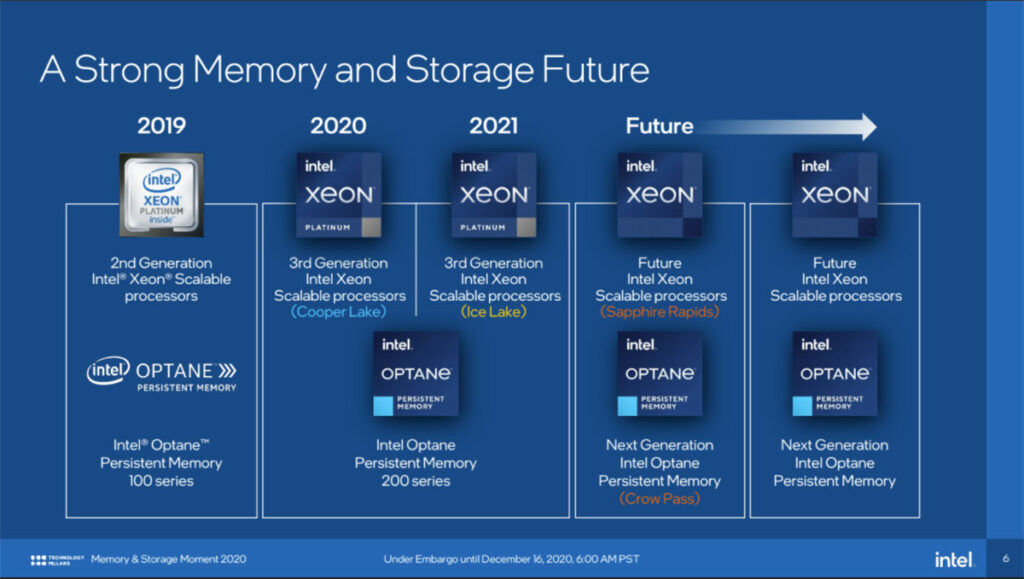
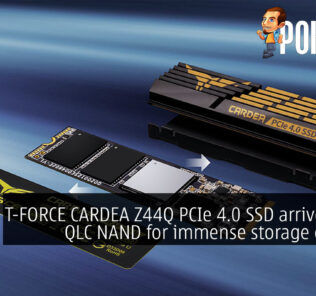
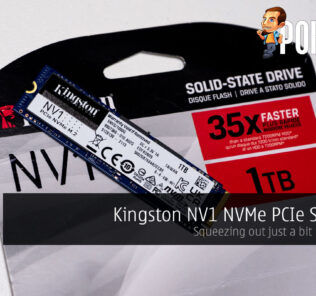
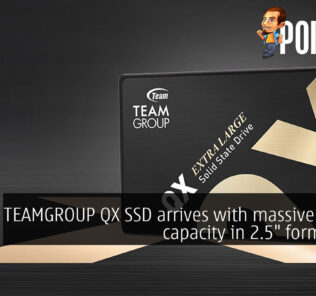



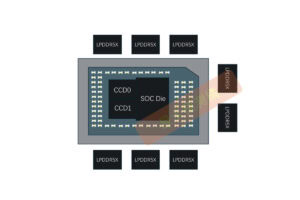






Leave a Response